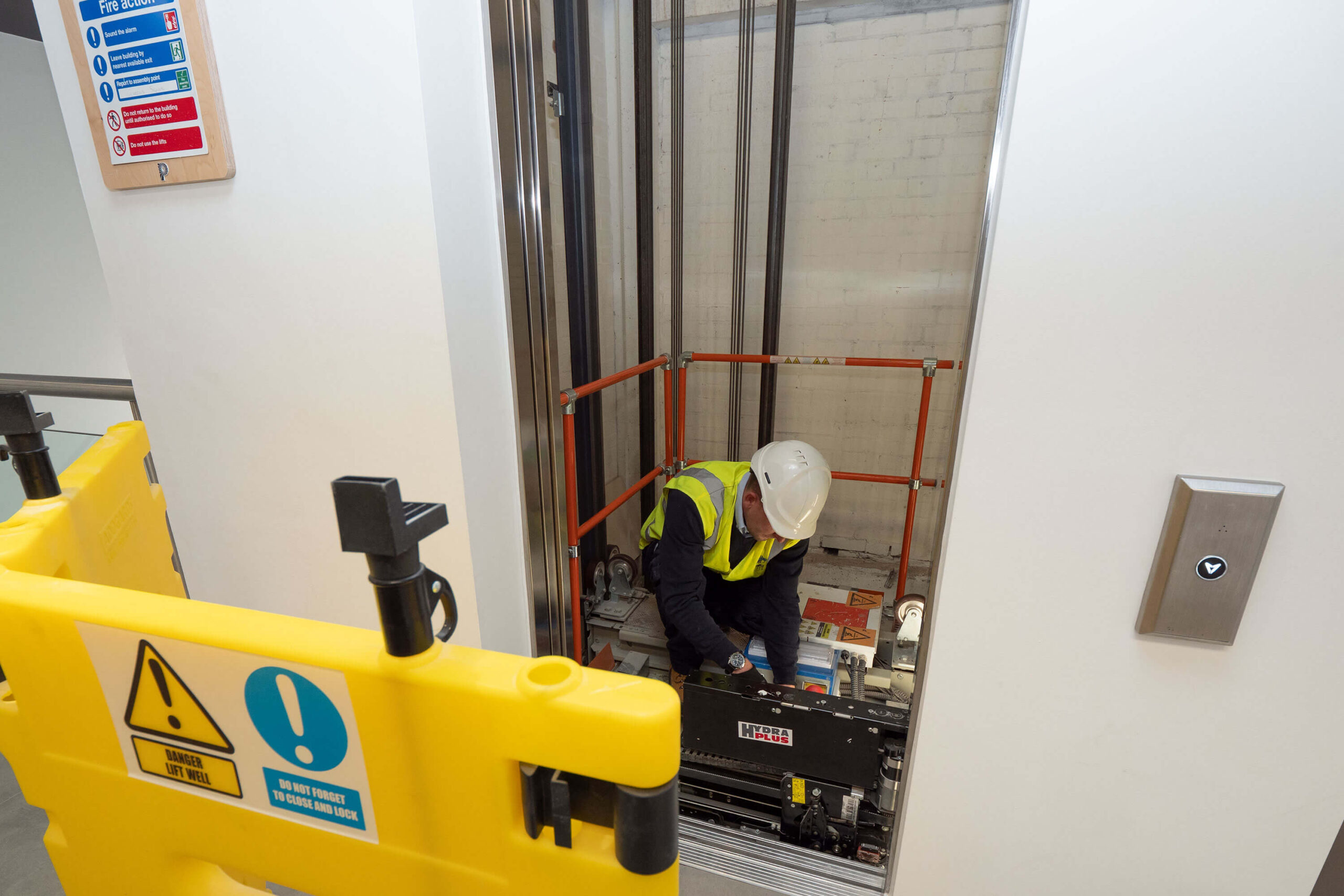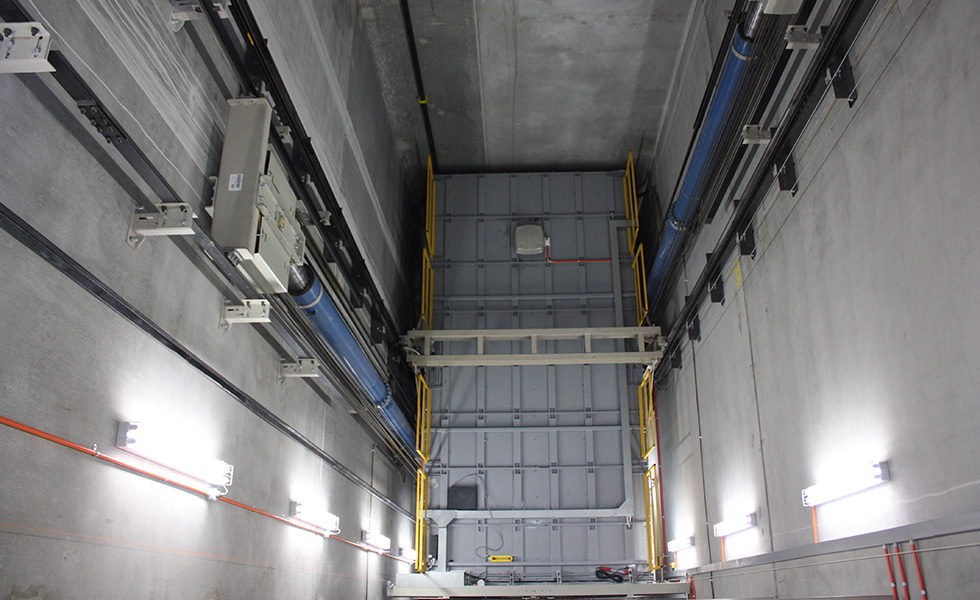A Thorough Method to Enhancing Performance Through Strategic Lift Fixing Strategies
In the realm of facility administration, the effectiveness and reliability of lifts play a critical duty in making sure seamless operations. A critical and organized method to raise fixing and upkeep is essential to take full advantage of performance and minimize downtime. By resolving usual lift problems, applying proactive upkeep measures, and establishing targeted fixing plans, centers can maximize their lift systems to operate at peak performance levels. However, the key to accomplishing sustained enhancement exists in using data-driven understandings to inform decision-making processes and drive constant enhancement. This comprehensive approach to boosting lift performance via strategic fixing strategies holds the guarantee of not just enhancing functional performance however also extending the life-span of lift systems.
Significance of Lift Efficiency Optimization
Understanding the importance of enhancing lift efficiency is crucial for guaranteeing dependable and effective vertical transport systems in numerous structures and frameworks. Lifts are vital components of contemporary infrastructure, supplying vertical wheelchair for occupants and goods within buildings of varying elevations. By maximizing lift efficiency, structure proprietors and center supervisors can enhance user experience, boost energy effectiveness, and increase total operational efficiency.
Reliable lift performance optimization includes various variables, including speed, capability, power upkeep, usage, and safety and security requirements. Properly enhanced lifts can decrease wait times for individuals, particularly in high-traffic structures, resulting in enhanced satisfaction and productivity. Furthermore, enhanced lifts add to power financial savings by utilizing advanced control systems and modern technologies that decrease power intake without compromising performance.

Identifying Common Lift Issues
Recognizing common lift concerns is vital for preserving the operational performance and safety and security of vertical transport systems in buildings. Recognizing these problems can assist stop malfunctions, minimize downtime, and extend the lifespan of the lift equipment. One common issue that building managers and upkeep teams often come across is uneven or jerky motions throughout procedure. This concern can be a sign of problems with the lift's motor, control system, or perhaps the positioning of the lift vehicle.
An additional prevalent lift concern is odd sounds emanating from the lift shaft or machinery space. These noises can range from grinding or scratching sounds to loud clunking noises, all of which might indicate underlying mechanical issues that call for immediate interest. Additionally, regular door breakdowns, such as doors not opening or closing appropriately, can interrupt the smooth circulation of guests and present safety and security dangers.
Carrying Out Aggressive Maintenance Procedures
To maximize the efficiency and durability of lift systems, aggressive maintenance procedures play a critical duty in guaranteeing operational reliability and safety. platform lift dimensions. Carrying out positive maintenance entails methodically checking, servicing, and fixing components before they fail, thus avoiding expensive downtime and potential safety risks. Routinely arranged inspections can help identify minor problems before they intensify into significant issues, inevitably extending the lifespan of lift systems
One trick aspect of aggressive maintenance is developing a detailed maintenance timetable based on producer referrals and sector finest practices. This schedule ought to outline jobs such as lubrication, alignment checks, and part replacements at defined intervals. In addition, applying problem monitoring methods, such as resonance analysis and thermal imaging, can aid spot very early signs of wear or malfunction.
Moreover, training maintenance personnel on correct inspection techniques and preventive maintenance procedures is essential for the effective implementation of aggressive upkeep measures. By cultivating a society of proactive maintenance within an organization, lift systems can run at peak efficiency degrees, decreasing disturbances and ensuring the safety of users.
Developing Targeted Repair Work Strategies
Upon examining the upkeep records and efficiency data, the design group can create targeted repair plans to enhance and attend to details issues lift system performance. These repair plans are tailored to the view it now identified troubles, making certain that sources are concentrated on fixing essential concerns effectively. By focusing on repair work based on their influence on efficiency and safety and security, the targeted repair work plans assist reduce downtime and upkeep costs while maximizing the lift system's reliability.
Developing these strategies includes a comprehensive evaluation of the lift system components, consisting of motors, cords, brakes, and control systems. Via this thorough analysis, the engineering group can determine the source of any type of malfunctions or deterioration in performance. This details is after that used to produce a roadmap for the repair procedure, outlining the necessary actions, timeline, and resources required to resolve each issue efficiently.
Furthermore, targeted repair service plans might consist of preventative steps to boost the lift system's durability and efficiency. By proactively resolving potential problems prior to they rise, these plans add to the total effectiveness and security of the lift system.
Utilizing Data-Driven Insights
Utilizing the power of data-driven understandings is vital in optimizing lift system performance and upkeep effectiveness. These anticipating upkeep strategies assist stop unforeseen failures, decrease downtime, and expand the lifespan of lift systems.

Final Thought
In verdict, maximizing lift efficiency is essential for making certain efficiency and safety and security in buildings. By determining common lift problems, applying proactive maintenance procedures, developing targeted fixing strategies, and making use of data-driven insights, organizations can boost performance and lessen downtime. It is necessary to take a thorough approach to raise fixing techniques to take full advantage of functional efficiency and guarantee the long life of lift systems.
By resolving usual lift problems, carrying out aggressive upkeep procedures, and establishing targeted fixing strategies, centers can maximize their lift systems to operate at peak efficiency levels.One more prevalent lift problem is strange sounds originating from the lift shaft or equipment area.Upon examining the upkeep documents and performance information, the engineering group can develop targeted repair service strategies to maximize and attend to certain problems lift read this system capability. By prioritizing repair services from this source based on their influence on efficiency and safety and security, the targeted repair service strategies help lessen downtime and maintenance expenses while making the most of the lift system's integrity.
It is vital to take an extensive technique to lift repair methods to make best use of operational effectiveness and make certain the durability of lift systems.